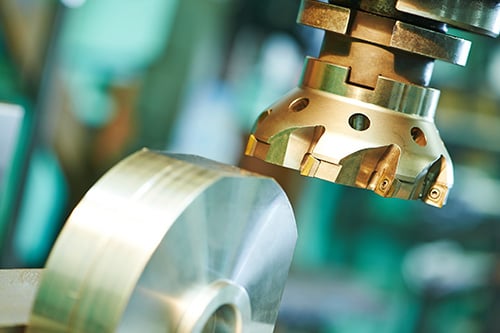President Trump's tariff plans have garnered many headlines. While the specifics continue to shift, one of the aims remains the same — to bring manufacturing back to the United States from abroad. If you're among the manufacturing companies considering such reshoring, you must weigh several factors before making the move.
Cost Considerations
Manufacturers that move all or part of their operations abroad are typically motivated by lower costs in other countries, particularly related to labor. But those savings increasingly are being offset by costs stemming from tariffs, customs and shipping, prompting more manufacturers to reassess the locations of their facilities.
Moreover, higher labor and other domestic costs have become more bearable thanks to various federal and state tax incentives for domestic manufacturing. These incentives can subsidize the initial costs to reshore and help your cash flow going forward. Examples include:
- The Section 45X Advanced Manufacturing Production Credit. Established by the Inflation Reduction Act (IRA), this credit is intended to encourage the production and sale of energy components in the United States, including solar and wind energy components, inverters, qualifying battery components, and applicable critical minerals. The credit amount depends on the type of component being manufactured. You can apply it against your federal income taxes, obtain a direct payment from the IRS for the first five years, or transfer part or all of the credit to another taxpayer.
- (Be aware that, while President Trump has long wanted to roll back the IRA, many of the projects already launched with the aid of Sec. 45X are located in Republican congressional districts, improving the odds that the credit will survive through its scheduled 2033 expiration.)
- The Sec. 48D Advanced Manufacturing Investment Credit. The CHIPS and Science Act created generous tax incentives to boost the domestic production of semiconductors, including the Sec. 48D credit. This credit amounts to 25% of qualified investments in facilities that make either semiconductors or equipment used to manufacture semiconductors.
Other potentially valuable incentives include state and federal research and development credits. Several states also offer tax credits for job creation.
More Reasons for Reshoring
Costs aren't the only driver behind reshoring, though. From the COVID pandemic to an array of global natural disasters, the past five years or so have laid bare manufacturers' vulnerability to supply chain disruptions. Domestic supply chains can provide manufacturers with more stability, as well as greater agility to deal with fluctuating demands and a fluid regulatory situation.
Geopolitical concerns are also playing a substantial role in bringing manufacturers back to the United States. Trade wars, civil unrest and tensions with China all foster an uncertainty many would prefer to avoid.
Points to Ponder
Of course, reshoring manufacturing operations is no small endeavor. To begin with, selecting the right location requires extensive research and analysis. Will you need to acquire or build a new facility? If you already have a plant located in the United States, will you need to expand it to accommodate added production?
While tax incentives are one factor to consider, you'll also need to take into account:
- Real estate prices,
- Environmental issues,
- Proximity to ports, highways and railways,
- Applicable regulations,
- Zoning laws,
- Permitting requirements, and
- The availability of raw materials and finished goods you require for production.
The availability of skilled labor is another significant factor, as the United States continues to face a shortage. According to the National Association of Manufacturers (NAM), the U.S. manufacturing industry could require some 3.8 million jobs by 2033, and more than 1.9 million may go unfilled.
About 65% of manufacturers polled by the NAM said attracting and retaining talent is their primary business challenge. So you must evaluate — before you commit to a location — whether you'll have the workforce you need and if the market rates for that labor are within your budget.
Think, too, about your offshore manufacturing equipment. Will you ship it back to the United States? Are the requisite maintenance and repair resources available domestically? Or will you sell your equipment and replace it domestically? Either way, the bill could be hefty.
Should You Make the Move?
Reshoring may well prove advisable for many manufacturers — but not for all. We can help you assess the relevant factors and make the best choice for your bottom line.

